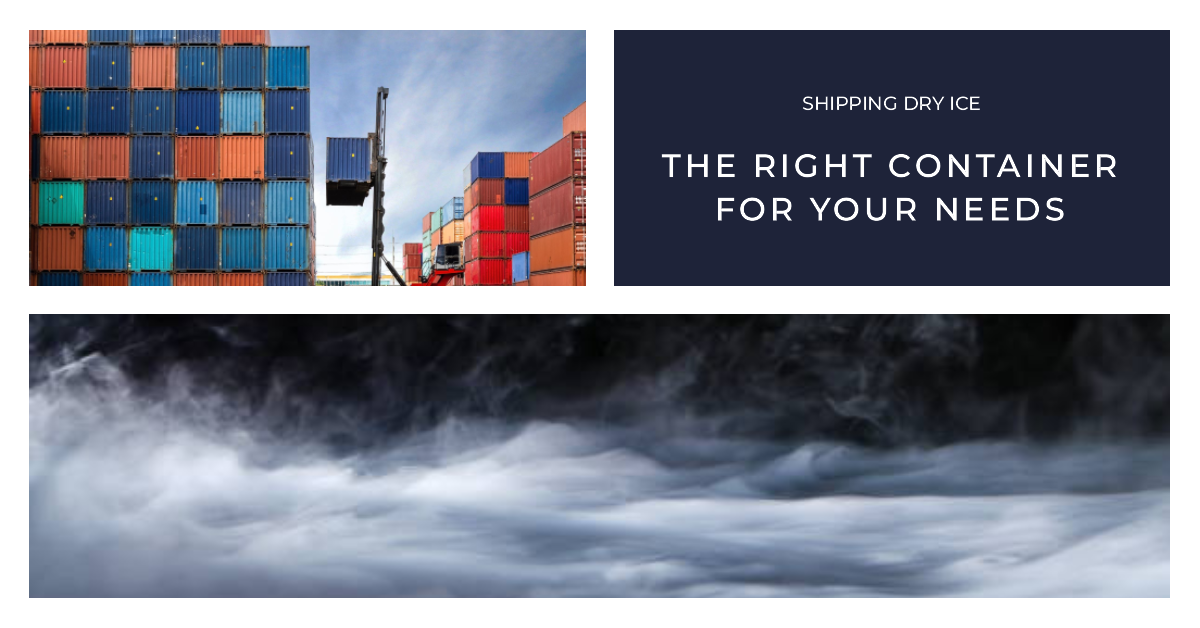Discover more about us and the team that’s revolutionizing dry ice blasting in India and globally.
Explore Our Advanced Dry Ice Blasting Technology – Powering Unmatched Performance and Precision
Professional Dry Ice Blasting Services – Delivering Effective, On-Site Cleaning Solutions Tailored to Your Needs
Exceptional After-Sales Service and Support – Ensuring Long-Term Performance and Customer Satisfaction
Reliable Scheduled Dry Ice Supply – Ensuring Consistent Delivery for Your Operational Needs
Shipping Dry Ice: The Right Container for Your Needs


Learn about the different types of containers used for shipping dry ice and the advantages and disadvantages of each. Find out how CMW CO2 Technologies offers customized packaging and sizing to ensure your dry ice is shipped safely and efficiently. Trust our team of experienced professionals to handle all your dry ice shipping needs.
Dry ice is an essential component in many industries, such as food preservation, medical transportation, and scientific research. However, shipping dry ice requires careful consideration, as it can be hazardous if not handled properly. The right shipping container is crucial for ensuring the safe and efficient transport of dry ice. In this article, we'll explore the different types of boxes needed to ship dry ice and how CMW CO2 Technologies is different from other suppliers.
The first thing to consider when shipping dry ice is the type of container you will use. Dry ice is shipped in insulated containers, which help maintain the temperature and prevent the ice from evaporating too quickly. The most common types of containers used for dry ice shipping include foam, cardboard, and metal boxes.
Foam boxes are lightweight, durable, and offer excellent insulation. They are ideal for shipping small quantities of dry ice, as they can keep the ice frozen for up to 48 hours. However, foam boxes are not suitable for long-distance shipping, as they can break easily during transport.
Cardboard boxes are also commonly used for shipping dry ice. They are sturdy, lightweight, and easy to handle. Cardboard boxes can be used for both short and long-distance shipping, and they can keep the dry ice frozen for up to 72 hours. However, cardboard boxes require additional insulation to ensure that the dry ice remains frozen.
Metal boxes are the most durable and long-lasting type of container used for dry ice shipping. They are ideal for shipping large quantities of dry ice over long distances, as they can keep the ice frozen for up to 10 days. Metal boxes are also fire-resistant, which makes them an excellent choice for hazardous materials.
At CMW, we offer customized dry ice packaging and sizing, depending on the application requirement. We understand that every customer has unique shipping needs, and we work closely with our clients to ensure that their dry ice is shipped safely and efficiently.
We take great care in selecting the right type of container for each shipment, depending on the size and quantity of dry ice being shipped. We also provide additional insulation, such as polystyrene foam, to ensure that the dry ice remains frozen during transport.
Moreover, we have a team of experienced professionals who are trained to handle dry ice safely and efficiently. We use specialized equipment, such as protective gloves and eyewear, to ensure that our staff is protected from the hazards of dry ice.
In conclusion, the right shipping container is crucial for ensuring the safe and efficient transport of dry ice. Foam, cardboard, and metal boxes are the most common types of containers used for dry ice shipping, each with its advantages and disadvantages. At CMW CO2 Technologies, we offer customized packaging and sizing, depending on the application requirement. We also have a team of experienced professionals who are trained to handle dry ice safely and efficiently. With our expertise and dedication to quality, you can trust us to handle all your dry ice shipping needs.
Looking to clean and restore surfaces quickly and effectively? Try our dry ice blasting products today and experience the power of dry ice cleaning for yourself! Contact us now to learn more.

